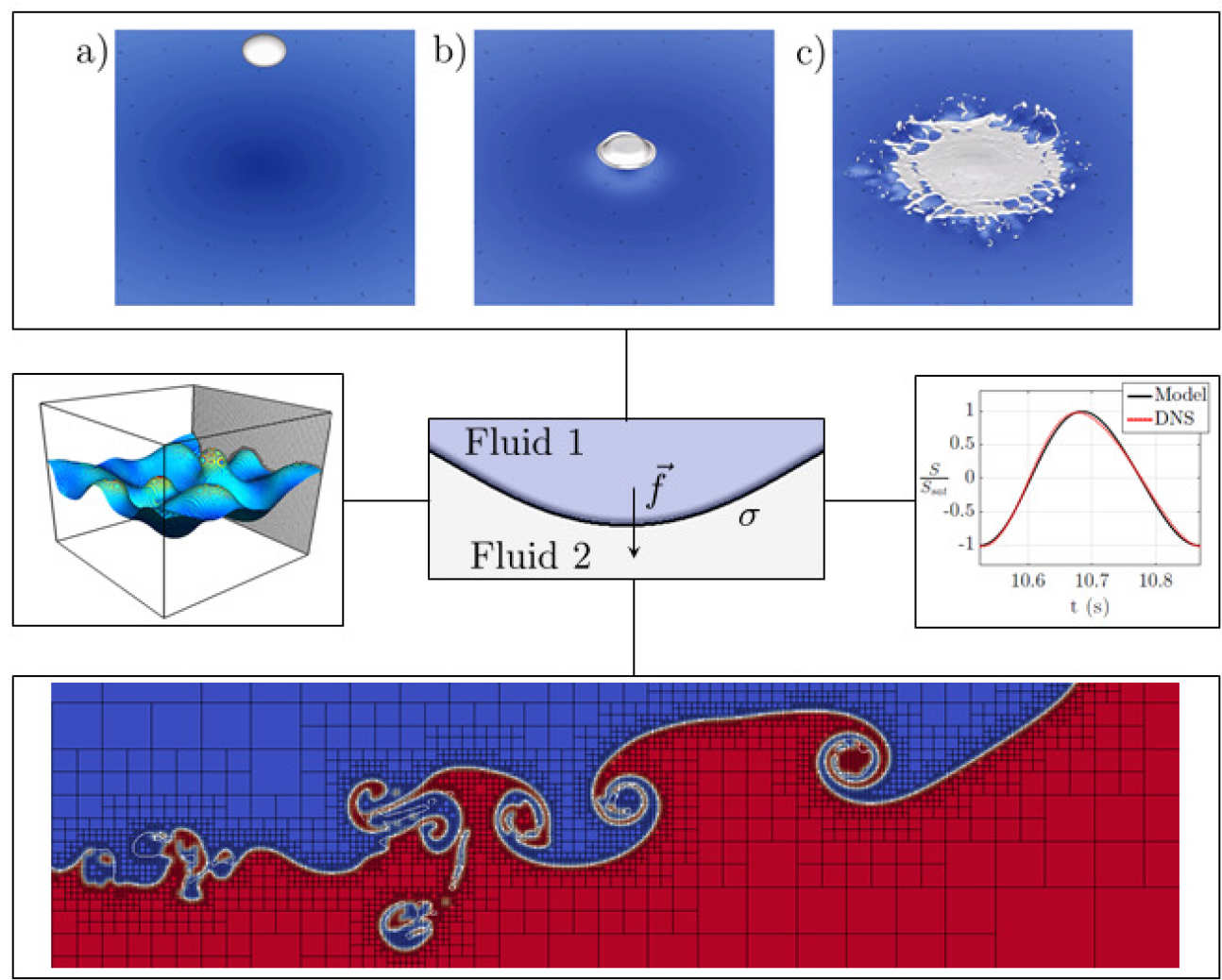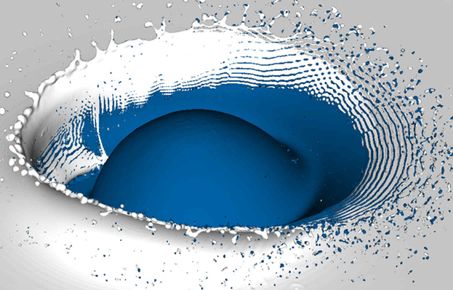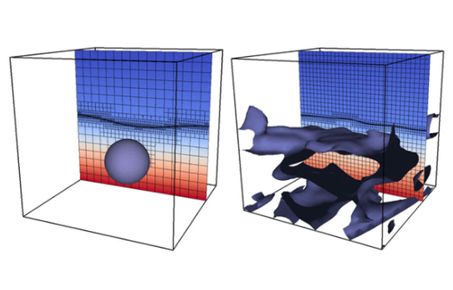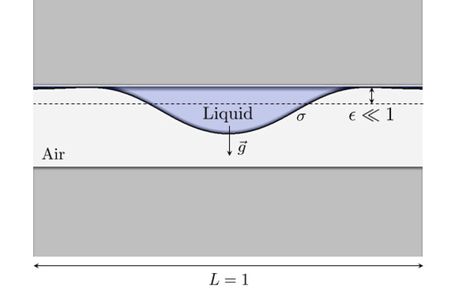 Fundamental, applied and industrial research in a variety of fields (chemistry, biology, technology, security applications) benefits greatly from advances in small scale fluid systems. These devices provide a wealth of opportunities, as their design often employs a diversity of physical effects, as well as interesting geometrical constraints given by ever reducing sizes and increasing efficiency demands. It is not uncommon to find devices in which driving forces, such as pressure gradients, capillarity, external forces (electric, magnetic, acoustic etc.) and even chemical reactions come into play simultaneously.
Fundamental, applied and industrial research in a variety of fields (chemistry, biology, technology, security applications) benefits greatly from advances in small scale fluid systems. These devices provide a wealth of opportunities, as their design often employs a diversity of physical effects, as well as interesting geometrical constraints given by ever reducing sizes and increasing efficiency demands. It is not uncommon to find devices in which driving forces, such as pressure gradients, capillarity, external forces (electric, magnetic, acoustic etc.) and even chemical reactions come into play simultaneously.
The image on the right illustrates the wide range of active investigations, from studies on violent drop impact (top and bottom) to microfluidic mixing in tiny geometries (middle left). Comparisons of novel analytical models to state-of-the-art computational methods are often employed (middle right, interfacial waves) and used towards the study of both fundamental and industrial phenomena.
In our group we develop analytical and numerical techniques to tackle these exciting new challenges in fluid mechanics and work closely with industrial partners in order to propagate our findings towards high impact technological solutions.
Real world impact
With the support of EPSRC Grants The Mathematics of Multilayer Microfluidics and Multiscale Analysis of Complex Interfacial Phenomena we have developed new techniques allowing the rapid and accurate manipulation of fluids in very small volumes, which is an integral part of designing small scale components such as integrated circuit components and lab-on-a-chip devices for reaction analysis or drug development and delivery.
Using modelling, asymptotics and high performance computing tools, we have constructed a numerical framework that allowed the development of a new methodology for water retentioncalculation on aircraft surfaces as part of Innovate UK Grant, SANTANA (System Advances in Nacelle Technology AerodyNAmics).
Case studies
Researchers involved
-
Professor Richard Craster
/prod01/channel_3/media/migration/research-groups/pwpimage--tojpeg_1491229582977_x4.jpg)
Research interests
Thin film flows; Geophysical fluid dynamics; Surfactants; Jets and threads; Viscoplastic flows
-
Prof Darren Crowdy
/prod01/channel_3/media/migration/research-groups/DarrenC2-1--tojpeg_1491230000218_x4.jpg)
Research interests
Free boundary problems; Vortex dynamics; Low Reynolds number flows
-
Dr Eric Keaveny
/prod01/channel_3/media/migration/research-groups/pwpimage--tojpeg_1491231014806_x4.jpg)
Research interests
Microorganism locomotion and cellular mechanics, Suspensions of interacting and active particles, Mechanics of soft materials and complex fluids, Low Reynolds number hydrodynamics, Numerical methods and computational mathematics
-
Professor Jonathan Mestel
/prod01/channel_3/media/migration/research-groups/pwpimage--tojpeg_1491231107752_x4.jpg)
Research interests
Magnetohydrodynamics; Electrohydrodynamics; Biological fluid dynamics
-
Professor Demetrios Papageorgiou
/prod01/channel_3/media/migration/research-groups/Papageorgiou--tojpeg_1497517123881_x4.jpg)
Research interests
Free boundary problems; multiphase flows; electrohydrodynamics; surfactant effects; dissipative dynamical systems. High speed flow: high speed droplet impact, multiphase high-speed flows, ice formation, control of complex systems.
-
Professor Grigorios Pavliotis
/prod01/channel_3/media/migration/research-groups/pwpimage--tojpeg_1491231805788_x4.jpg)
Research interests
Homogenization theory; Inertial particles; Stochastic differential equations
-
Dr Prasun Ray
/prod01/channel_3/media/migration/research-groups/prasun_photo--tojpeg_1450217118516_x2--tojpeg_1497025134660_x4.jpg)
-
Dr Ory Schnitzer
/prod01/channel_3/media/migration/research-groups/pwpimage--tojpeg_1491232590258_x4.jpg)
Research interests
Mathematical Modelling and Applied Asymptotic Analysis; Microhydrodynamics; Electrohydrodynamics; Electrokinetics; Wave motion


